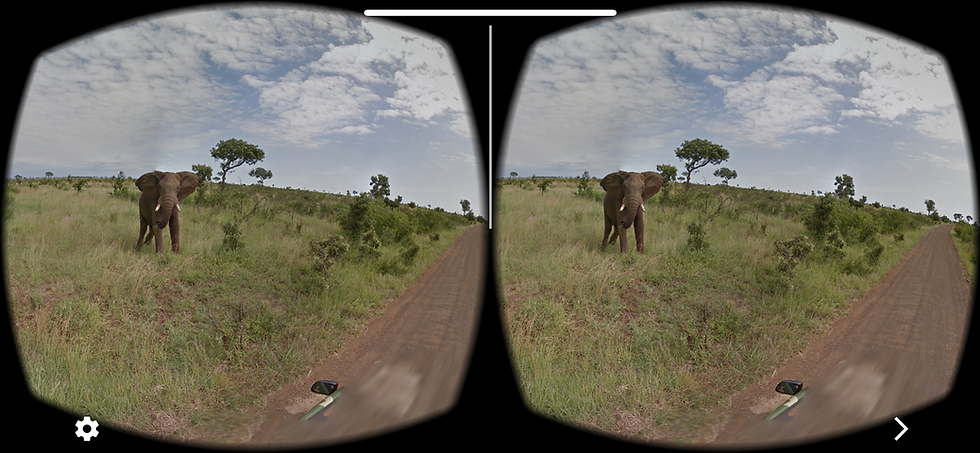Use Virtual Reality in Your Classroom
- Karen Walstra
- Jan 21, 2019
- 3 min read
Updated: Jun 7, 2022

Virtual Reality is an artificial, virtual environment, simulating bits of our world or even imaginary worlds depicted as a 3D image, with or without sound, which is created using software high-performance computers and sensory equipment, like headsets, controls or gloves. VR is different to the actual or real world we live in, virtual reality is a simulation type experience.

Introducing Virtual Reality or VR into our schools, allows teachers to “take” the students to places they won’t easily or normally experience or get to know, for example inside the body or under the sea.
The technology could also be used for practicing lab experiments, before going into a real lab.
The simplest forms of VR are 3D images which can be explored on a computer.
The development of virtual reality technology is continually improving and becoming more accessible to use in the classroom.
Google cardboard (a cardboard headset) and a cellphone is an inexpensive way of

exposing students to virtual reality experiences.
Similar, but more durable plastic options for use with cell phones are available in South Africa.

Educational content topic resources are also continually growing, thereby providing content to a wider range of subjects or areas of interest.
Virtual reality offers the informative and interesting prospect of visiting remote locations while remaining in the classroom, with both educational and scientific applications, the benefit of using this technology in a school space to the enhancement of learning.
Using Google cardboard or similar goggles where apps on a cellphone can be viewed, explore the following apps for your lessons:

Google expeditions - arrange of expeditions, across a wide spectrum of topics
Science, Technology, History, Social Sciences, and Life Orientation teachers explore the types of expeditions and find ones to use in your lessons, where learners can be immersed in the topic and can engage with the content.

Google Spotlight Stories - a platform containing a variety of immersive stories, which are developed to use with VR. https://atap.google.com/spotlight-stories/

These stories are great for language teachers providing another avenue to literature, allowing students to experience the story in 3D as well as hear the story. This immersive technology adds another level to film study.

Google Street View - search the name of the place you’d like to explore, Click on the cardboard icon, and the VR image opens. https://www.google.com/streetview/apps/
If your lesson includes a physical space on Earth, whether a city, town, ocean or mountain, whatever it might be explore
Google’s Street View and find the VR version to experience it even more realistically.
When you see the image of the very small cardboard, click on it to open the VR experience.

Discovery VR app has a range of experiences https://www.discoveryvr.com/ has a limited range of scenarios to explore. History and Life Science teachers should find ideas which would be useful.

YouTube VR, on the YouTube app look out for the cardboard icon, which indicates that the video can be viewed in VR. Google has its own YouTube Virtual Reality channel, where the latest and best VR videos can be found.
The range is wide, but as usual with research, teachers can find content that would suit their learners.

Nearpod VR https://nearpod.com/try-vr has a VR content component, which is paid for, if your school uses Nearpod explore the VR section.

There are many other apps that use VR, find ones that relate to your subject.
Download and explore them to see if they are suitable for your students.
Virtual Reality brings another dimension to the way you teach.
Explore and have fun!
I would love to hear your thoughts and ideas, please contact me, Karen Walstra. Explore the Courses for You page, or complete the expression of interest form.
